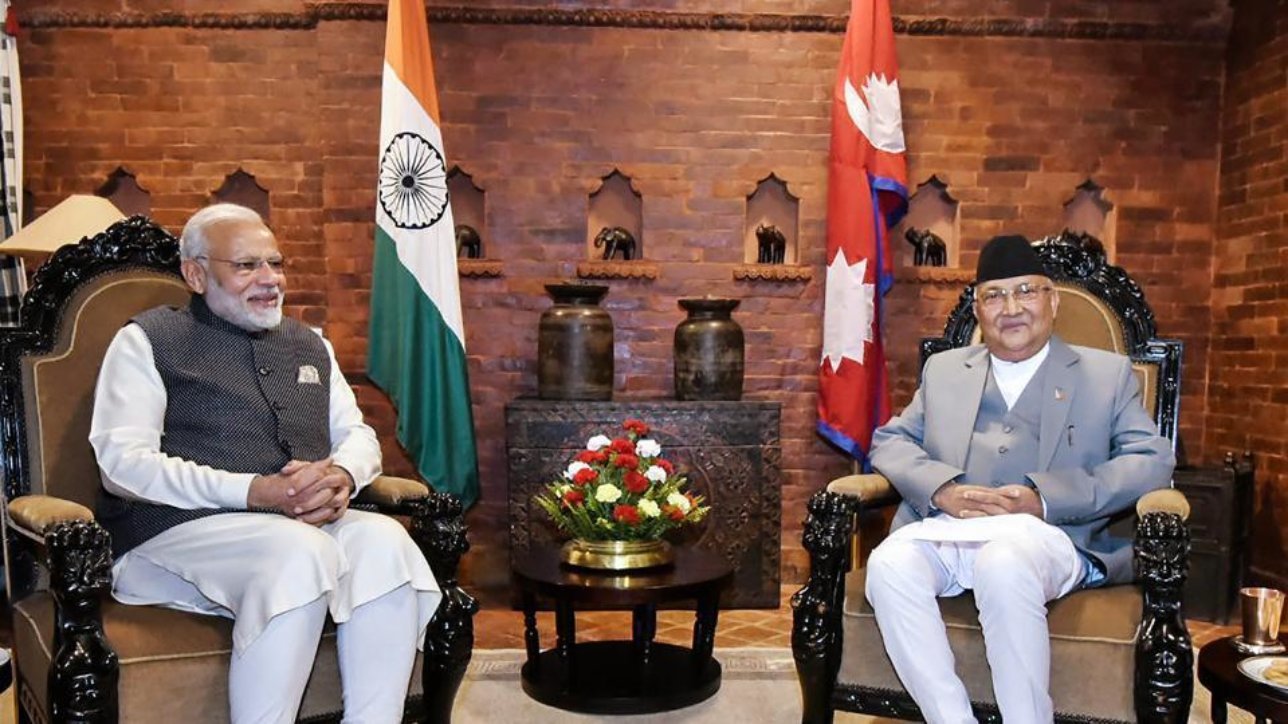-
1 Feb 2013
- 7 min read
Beed Insights
-
1 Sep 2014
- 5 min read
Beed Insights
-
1 Dec 2015
- 6 min read
Beed Insights
-
14 Jul 2021
- 5 min read
Beed Insights
-
14 Jul 2021
- 3 min read
Beed Insights
-
27 Apr 2015
- 4 min read
Hindustan Times
-
19 Jan 2020
- 5 min read
Hindustan Times




